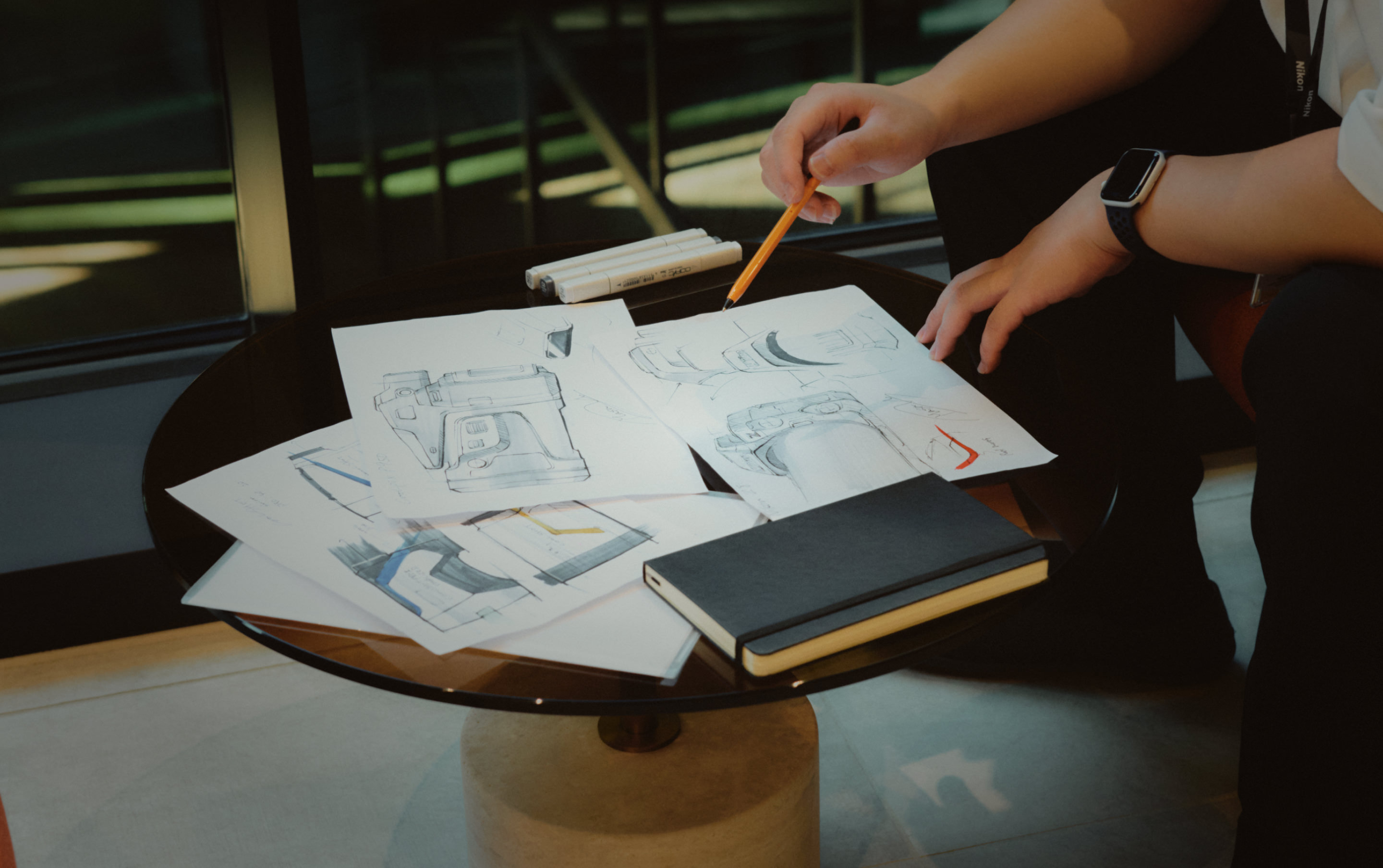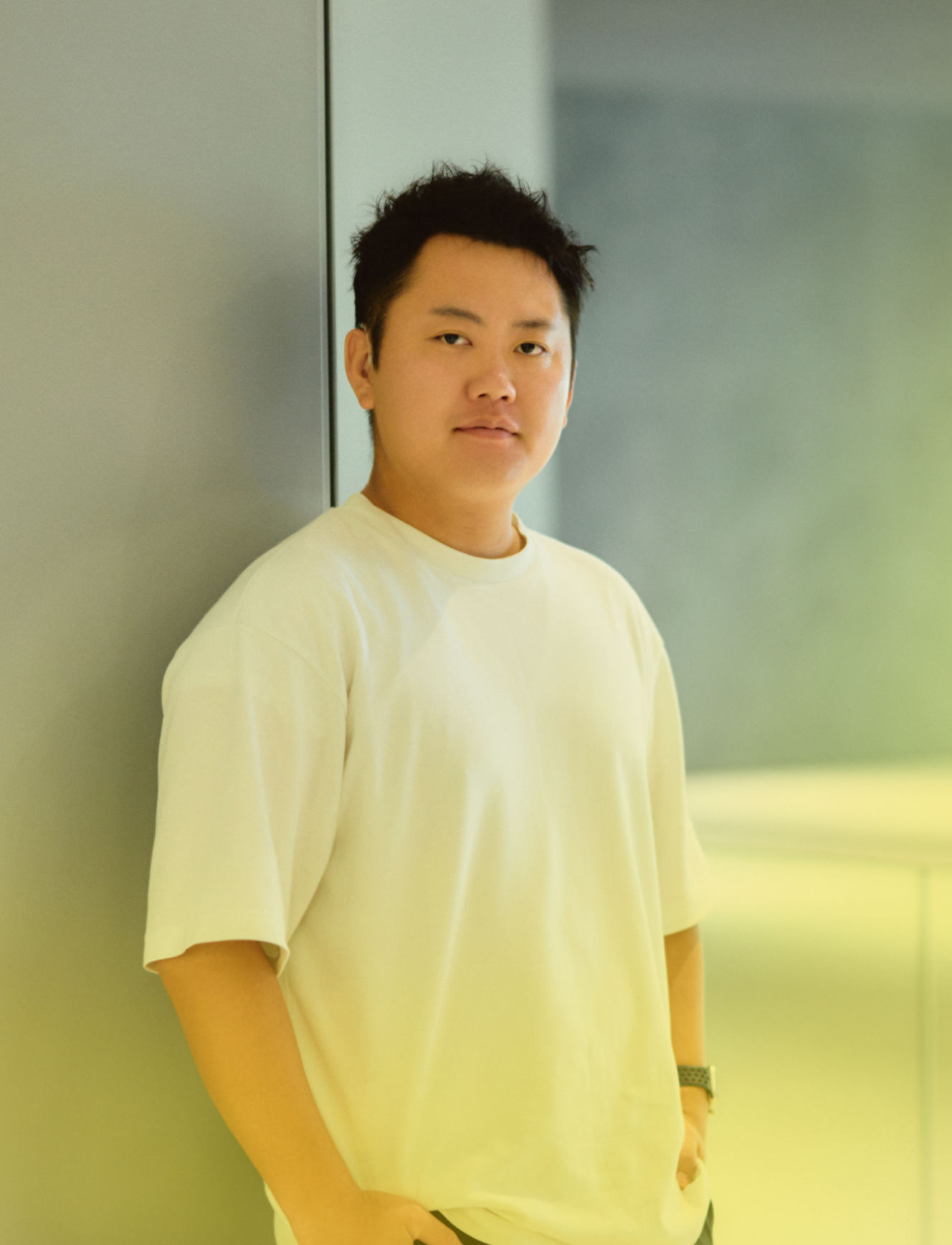コンポーネント番号: 21
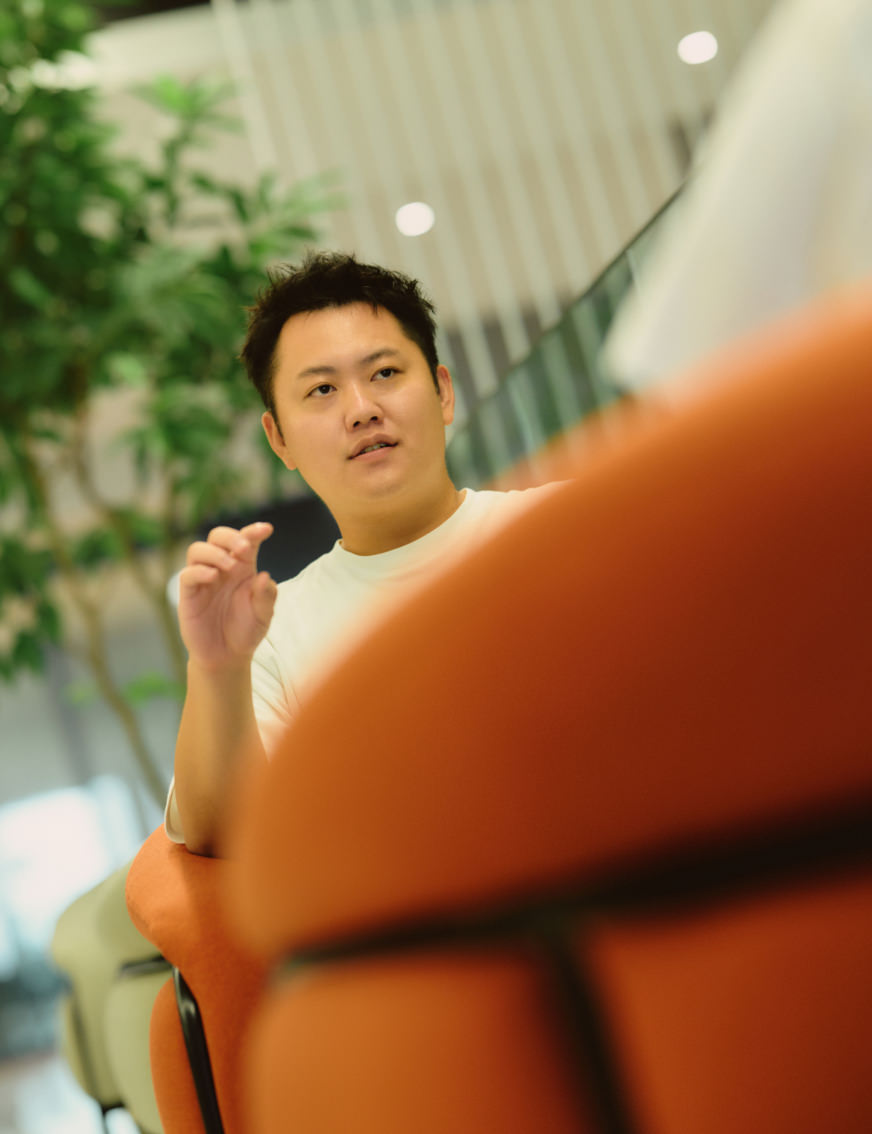
コンポーネント番号: 22
I want to make a product exclusively for "you"
コンポーネント番号: 3
"I'd like to create designs that touch people's hearts directly.
In a nutshell, that means
creating a design that makes a person who sees it intuitively feel, "this was really made for me".
In particular, I strongly believe that a "creative tool" like a camera should fully satisfy this
requirement.
These days, everything is converted into data, and that data reveals a lot about
human behavior. You can use it to quantify what kind of people are living and what they want. So, in
a sense, we live in an era where it might be considered quite easy to derive the "correct answer"
for a design from the data.
However, humans are three-dimensional.
Some things are
visible on the surface, and can be expressed directly by saying, "I want something like this". Some
are vague and fuzzy notions that cannot be clearly verbalized. Human beings display a complex
mixture of such feelings.What the data shows me is just something "flat". That is, as if an object
that was originally three dimensional has been simply squashed onto a flat surface somehow.
Unless
I rack my brains to think about something in a different dimension from the data, rather than where
it is connected to that data, I don't think it's possible to achieve a design that reaches directly
into people's hearts".
コンポーネント番号: 4
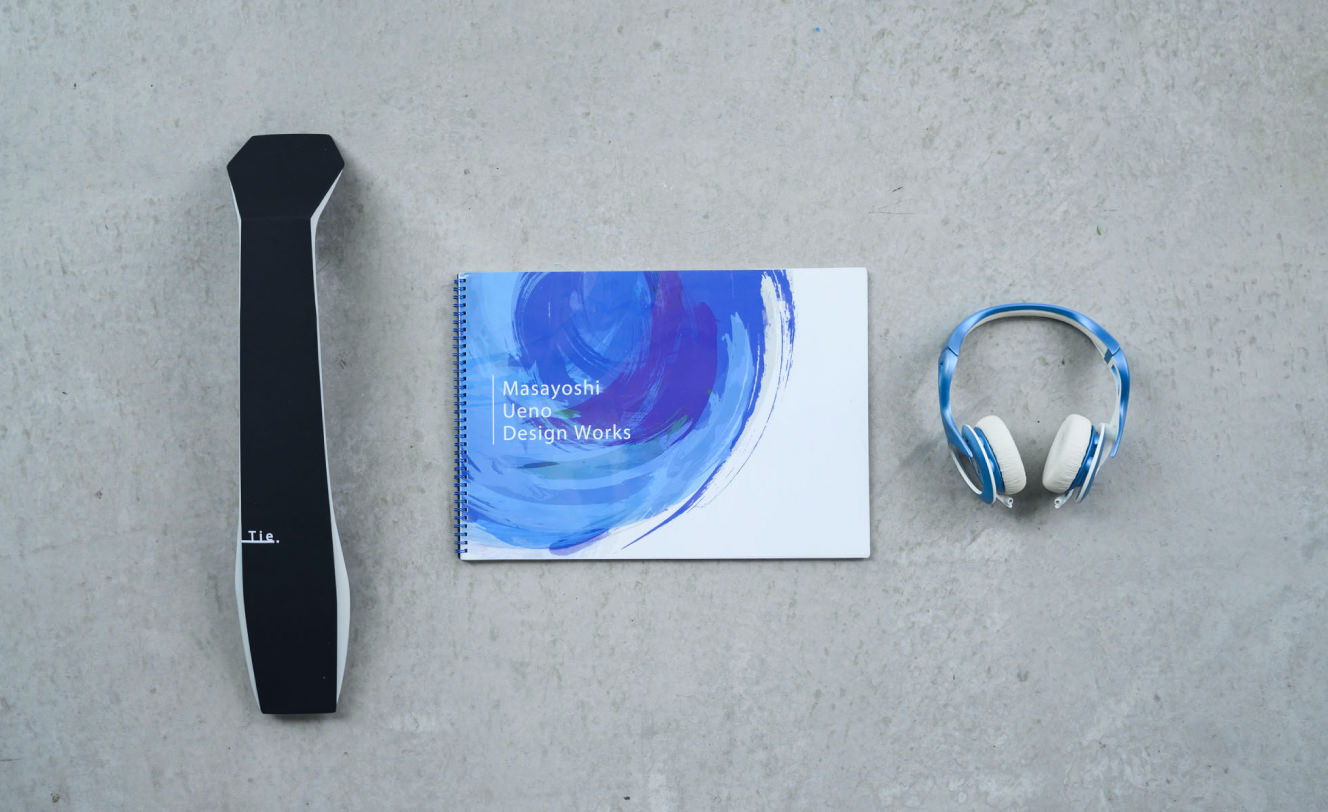
コンポーネント番号: 21
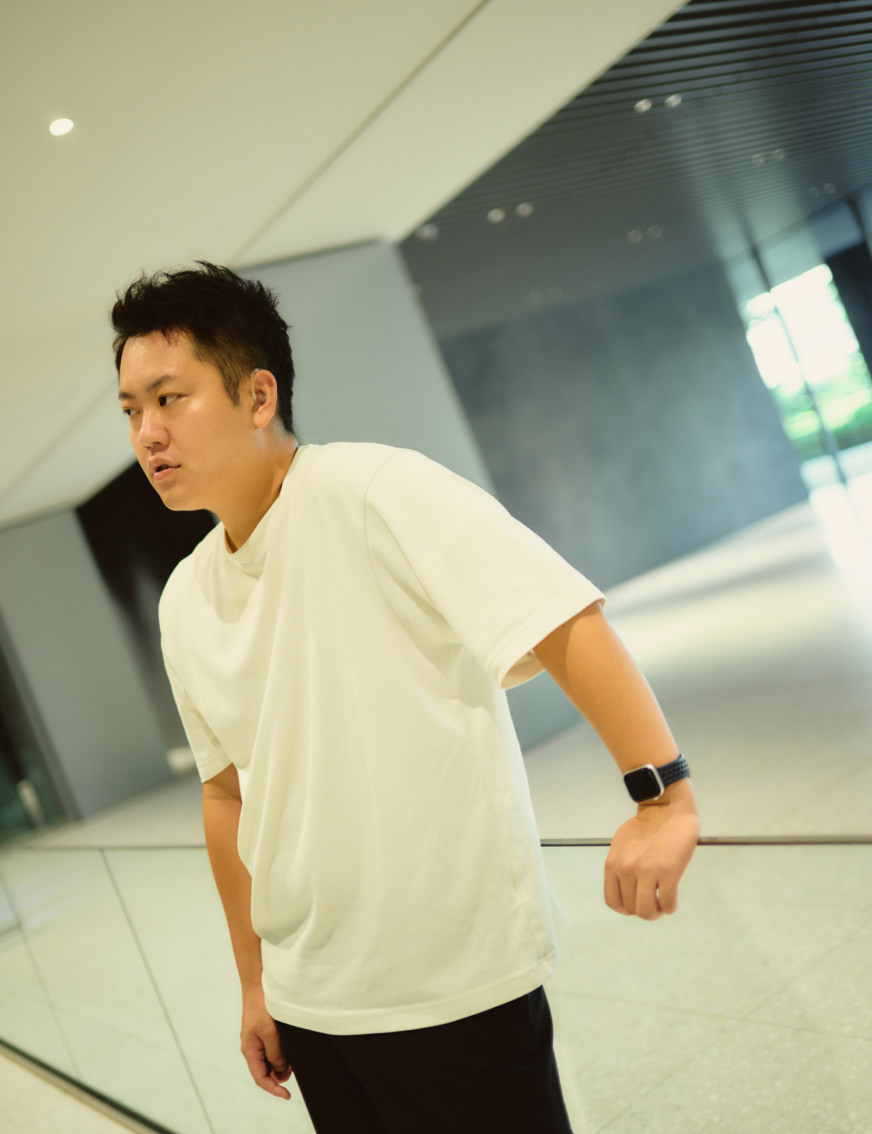
コンポーネント番号: 22
"Design is not the shape, but an act of problem-solving"
コンポーネント番号: 3
When I was in high school and vaguely aiming toward product design, I thought that design was the
"shape". The portable music player I had when I was in junior high school, and the smartphone that
so quickly spread around the world — both of them were striking in their shapes, and at that time I
felt that was why they were accepted by so many people.
I also wanted to make "something cool"
and deliver it to the world. With that in mind, I entered an art university. What my professor said
to me soon after I entered was unforgettable.
"Everyone thinks design is shape, but it is not.
Design is about solving a problem."
It took some time to understand these words. To look
at one example, the cameras of Nikon and other companies don't share the same shape. The reason for
that is because each company takes a different approach regarding how to help the user capture
images. The differences in how each camera looks are not determined by only "coolness".
Approaching
things from this perspective, products around the world began to look completely different to me. I
started to think I'd made a big mistake in how I understood design within my life.
The music
players and smartphones whose shapes attracted me were "cool" designs that seemed to be ahead of
their time. However, I don't think that was achieved because their designers were clairvoyant. I
think it was achieved by their focusing deeply on the functions of "listening to music" and
"communication with people", which is to say it was the result of "solving a problem".
コンポーネント番号: 4

コンポーネント番号: 21
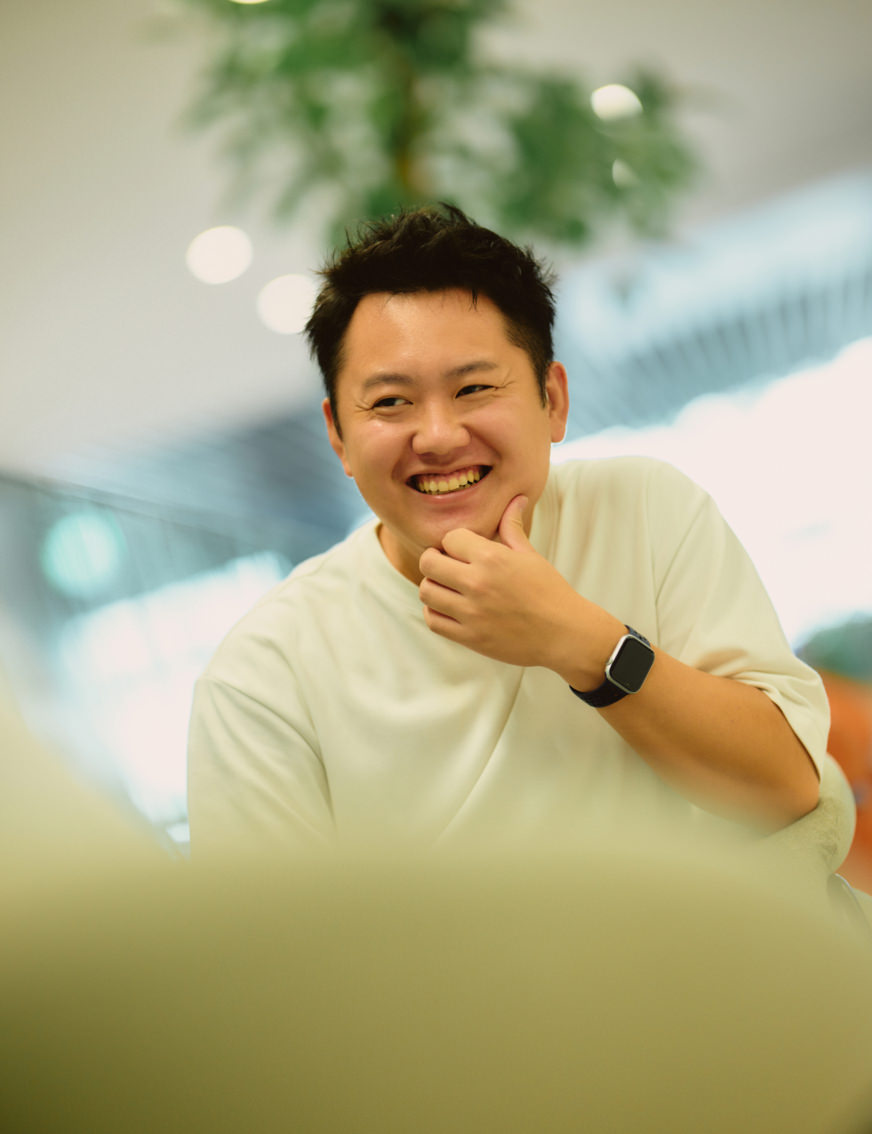
コンポーネント番号: 22
Beyond problem solving
コンポーネント番号: 3
At university, I worked on several product designs, including headphones and speakers, and I always
kept myself aware of a single point: "What kind of problem does the design solve?"
On top of
that, after joining Nikon, what I felt during the actual design process was the importance of taking
"a feeling that cannot be described in words" and transforming it into a physical form.
Shortly
after joining the company, I took over the design of the COOLPIX P950 camera from a senior
designer.
At first glance, I was struck by the camera's handsome design. Then I began to feel
strongly that I wanted to commercialize this shape somehow. I repeatedly asked myself why I was so
moved.
Was it because I could solve the problem of capturing a small subject from a distance?
Or was it because I could picture a user easily carrying a super-telephoto lens equivalent to 2000
mm in 35mm format? Of course, things like that were a large part of it.
However, I finally came
to a more complete answer. It was because I could feel something different from the data, such as
the belief, thought and pride projected through the design.
コンポーネント番号: 4
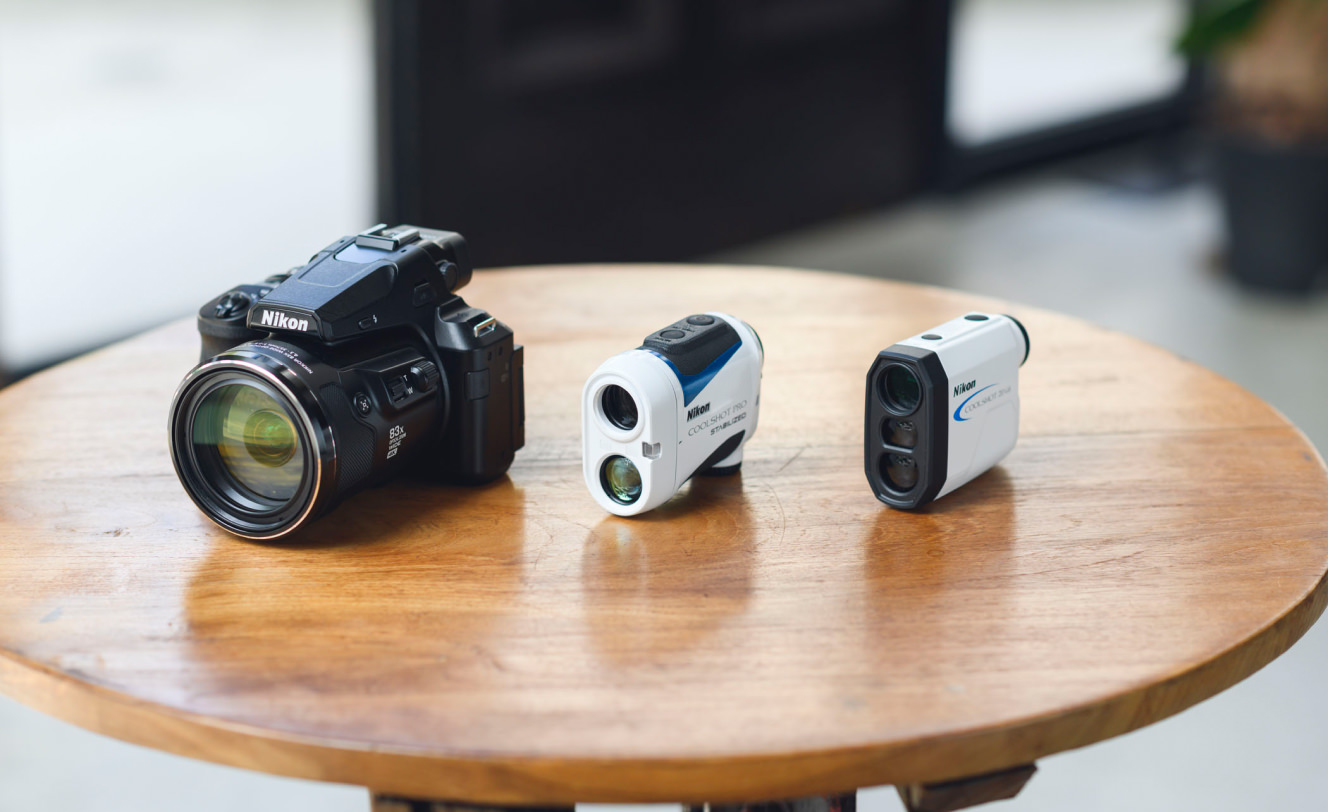
コンポーネント番号: 3
I was also involved in design work on the Golfer's Laser Rangefinders COOLSHOT series, which is
another product that still has a strong place in my heart.
When I was considering what would be
an appropriate design to carry beneath a blue sky and into a green grassy space, the image popped
into my mind of a white ball, small but standing out strongly in a vast space.
By advancing the
design while rediscovering the meanings of colors and shapes from such images, I think we evoked the
world and atmosphere of a golf course — lining up a shot with a white ball, surrounded by nature".
コンポーネント番号: 4

コンポーネント番号: 21
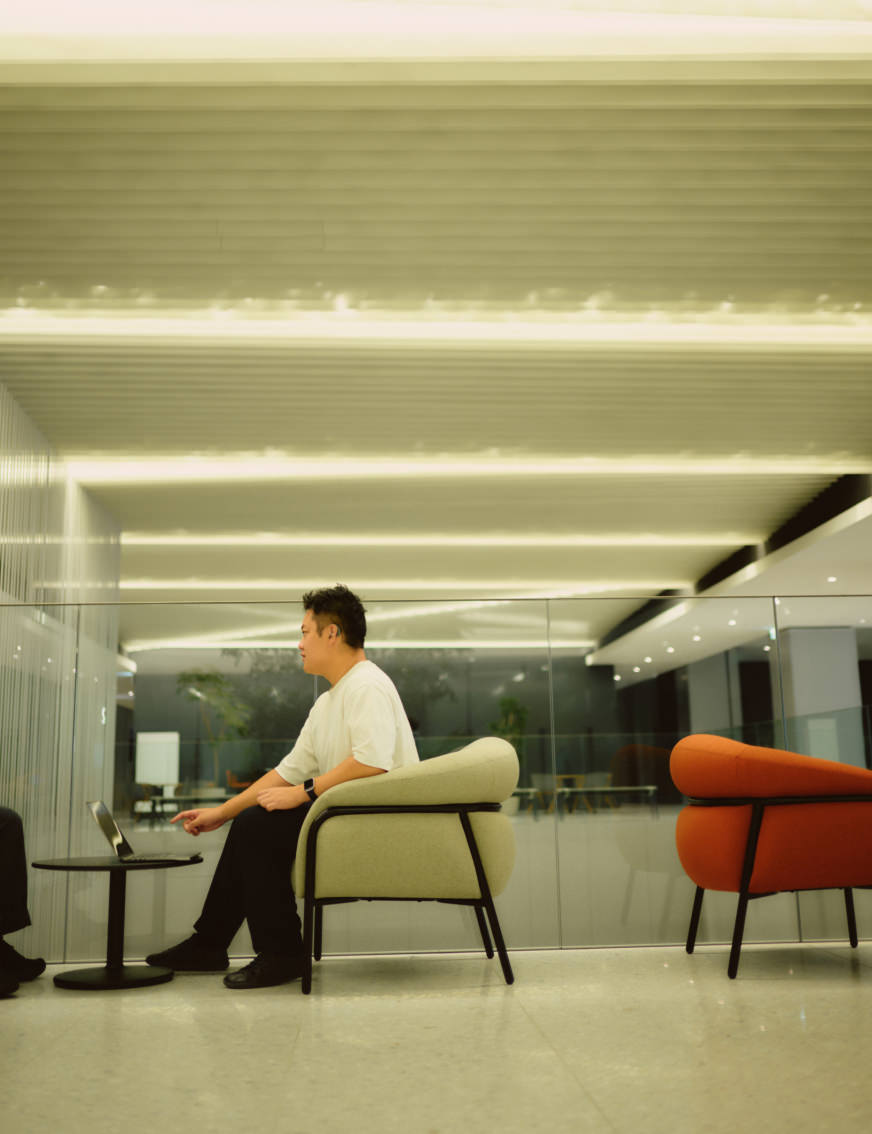
コンポーネント番号: 22
Understanding people, doubting what's "obvious" and creating fresh new values
コンポーネント番号: 3
Currently, as a Nikon designer, I want to focus completely on the camera. I have a strong desire to
design something striking that will go right to the hearts of all users who enjoy their
photography.
To fully realize this, I'd like to deepen my understanding of people's feelings,
not just improve my design skills.
Listening carefully to the voices of people who enjoy
cameras through research is one way. Listening to the feelings of my own heart while enjoying my
hobbies is another.
コンポーネント番号: 4
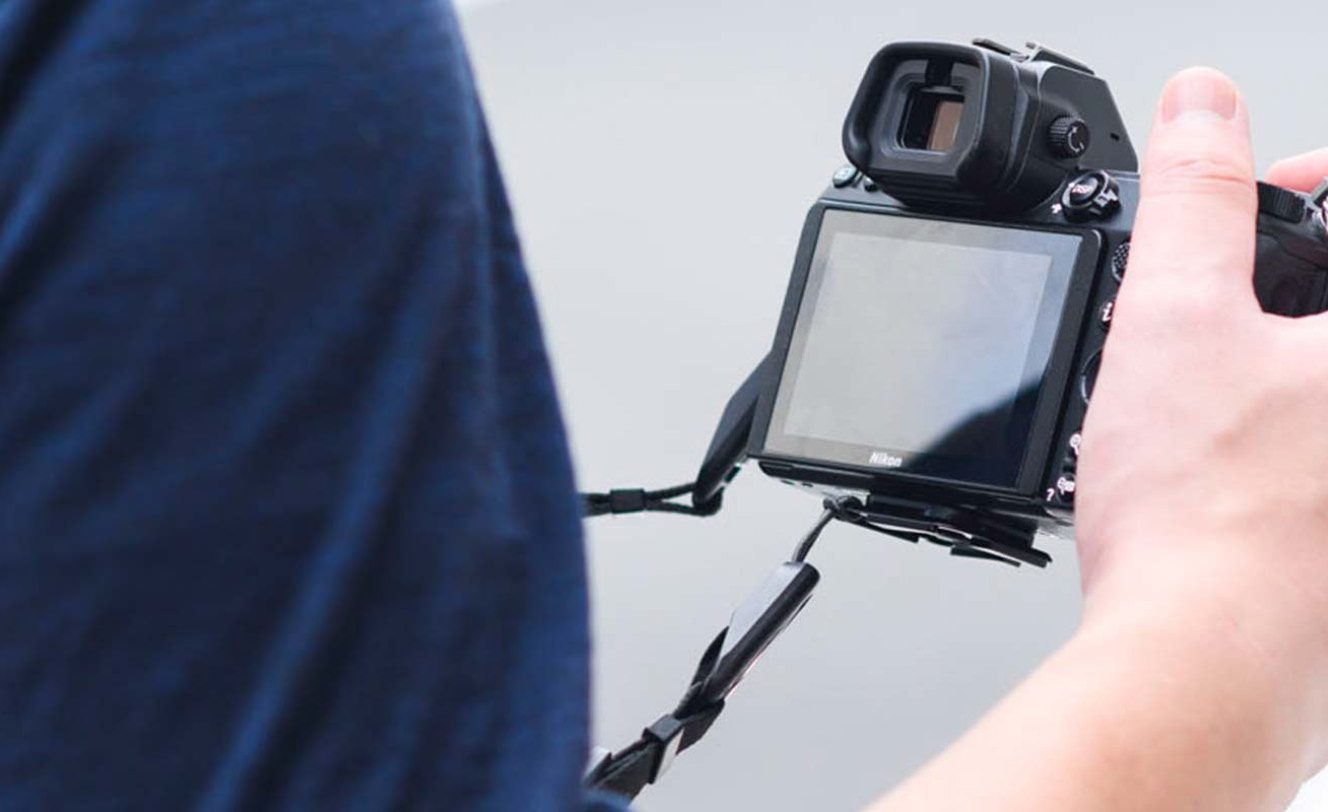
コンポーネント番号: 3
In my case, taking pictures is nothing but expressing my ego. I rarely give priority to my
self-expression during my work, but photography offers me endless freedom. I can cut out what is in
front of me and express whatever I want. Maybe I'm enjoying the time as a way of freeing myself that
goes beyond just taking pictures.
I also get a lot of hints from my other hobby, road
bikes. My bike features a curved shape and is asymmetric. Of course, its functions are attractive,
but I'm also fascinated by the dynamics and special feeling that cannot be experienced anywhere
else. This shape transforms the act of riding into something much more valuable.
コンポーネント番号: 4
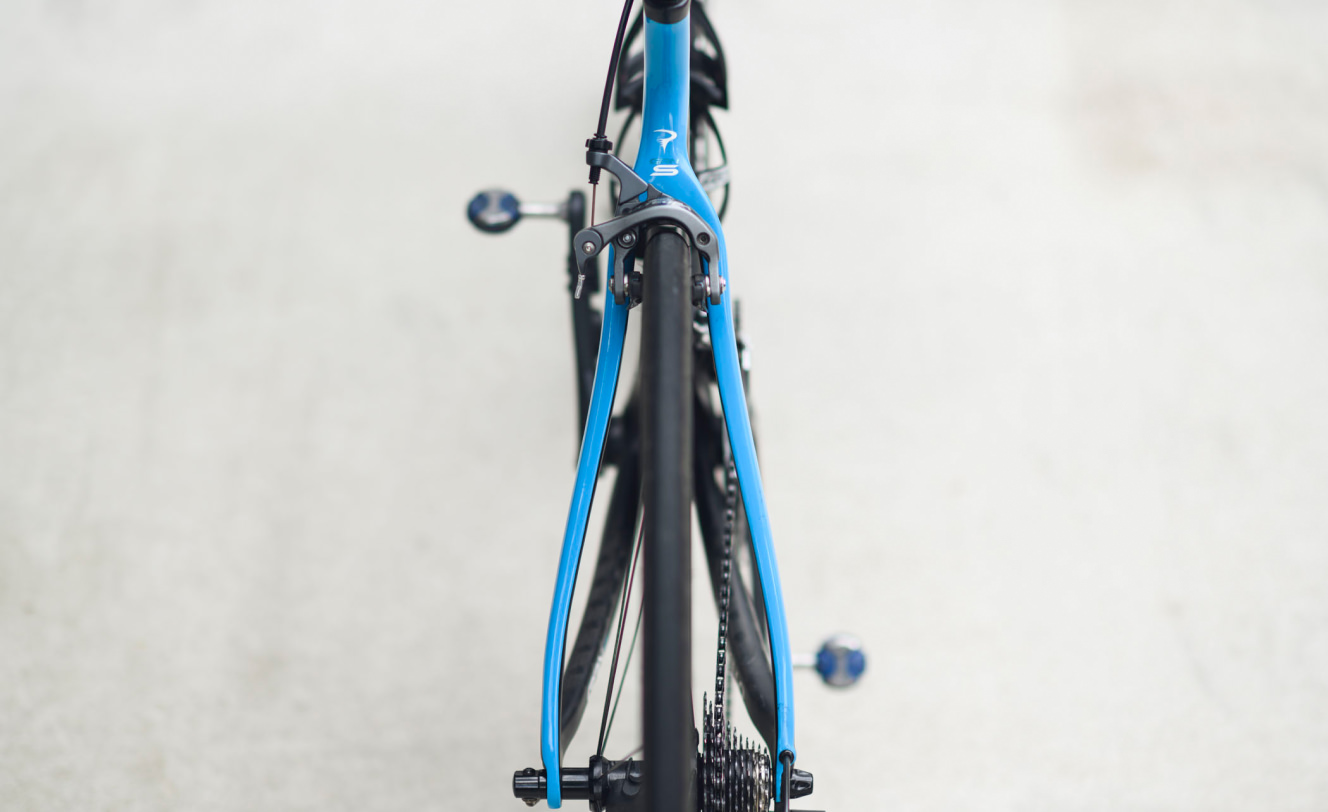
コンポーネント番号: 3
Humans are three-dimensional beings and hobbies symbolize that fact.
I'd like to make new
proposals by studying and understanding ambiguous ideas in an ambitious way and transforming them
into designs. I also want to challenge the notion of "common sense" without hesitation. In addition
to this, I think it is an important job of mine to share the fascination of hobbies to as many
people as possible. The Nikon Design Trials event* was one of those attempts.
コンポーネント番号: 4

コンポーネント番号: 3
I'm not sure if the products I've made have been able to touch or move everybody. Still, I'd like to create as many products as possible that will give people that great feeling of "this camera was really made for me". Please look forward to more to come".
コンポーネント番号: 13
*Position and job description are as of the time of the interview, but have been partially revised.

